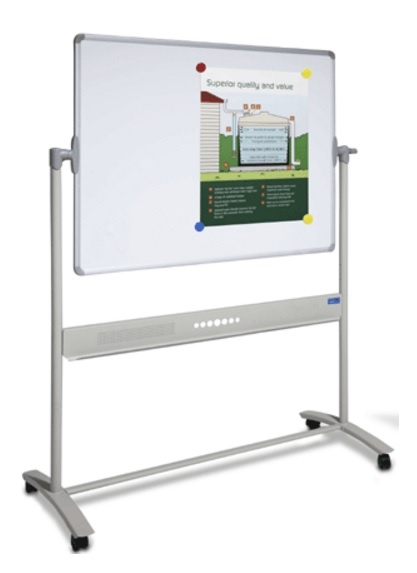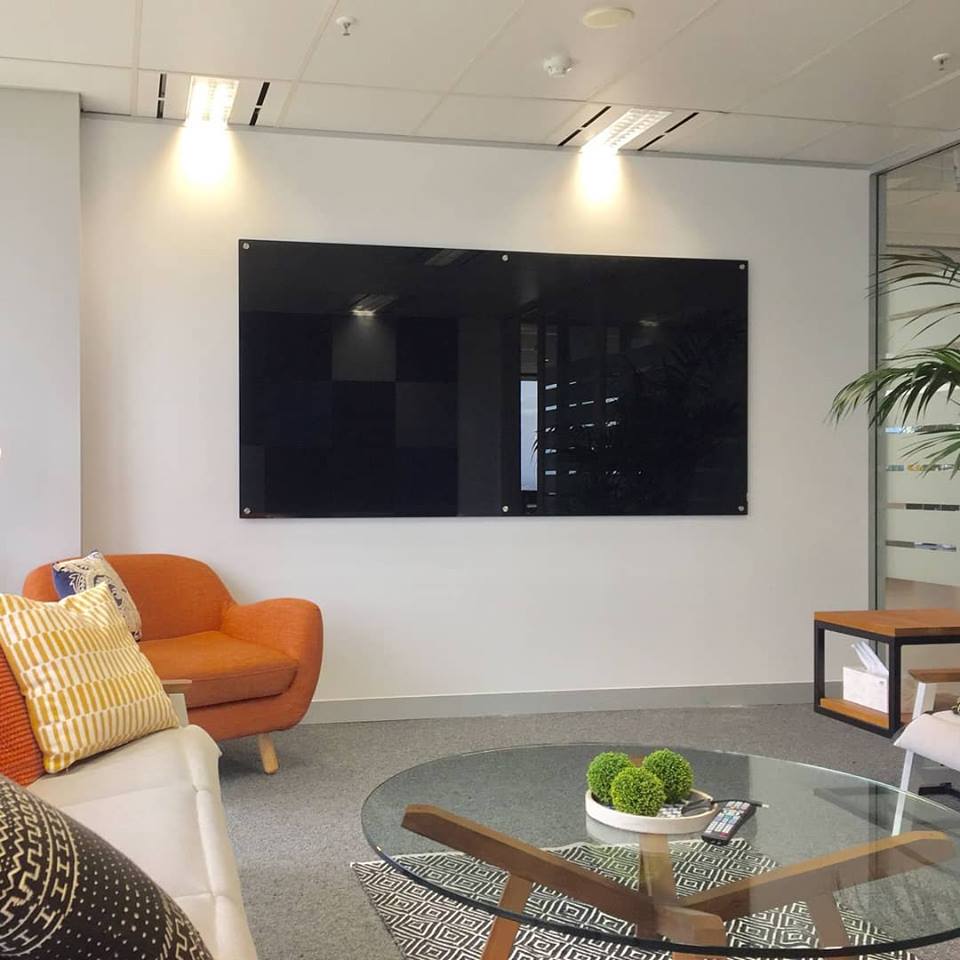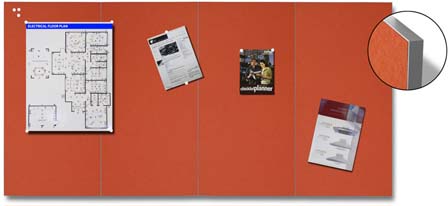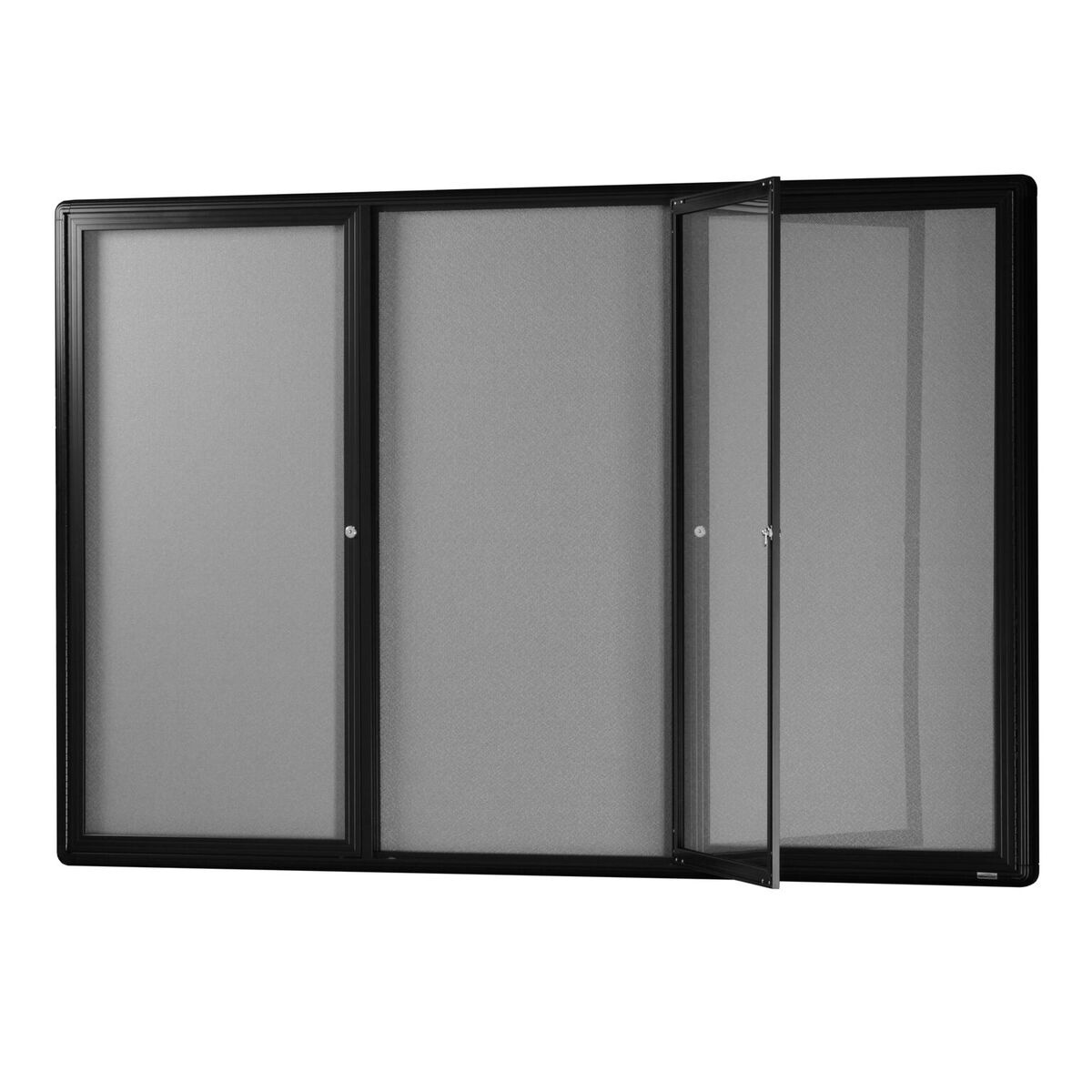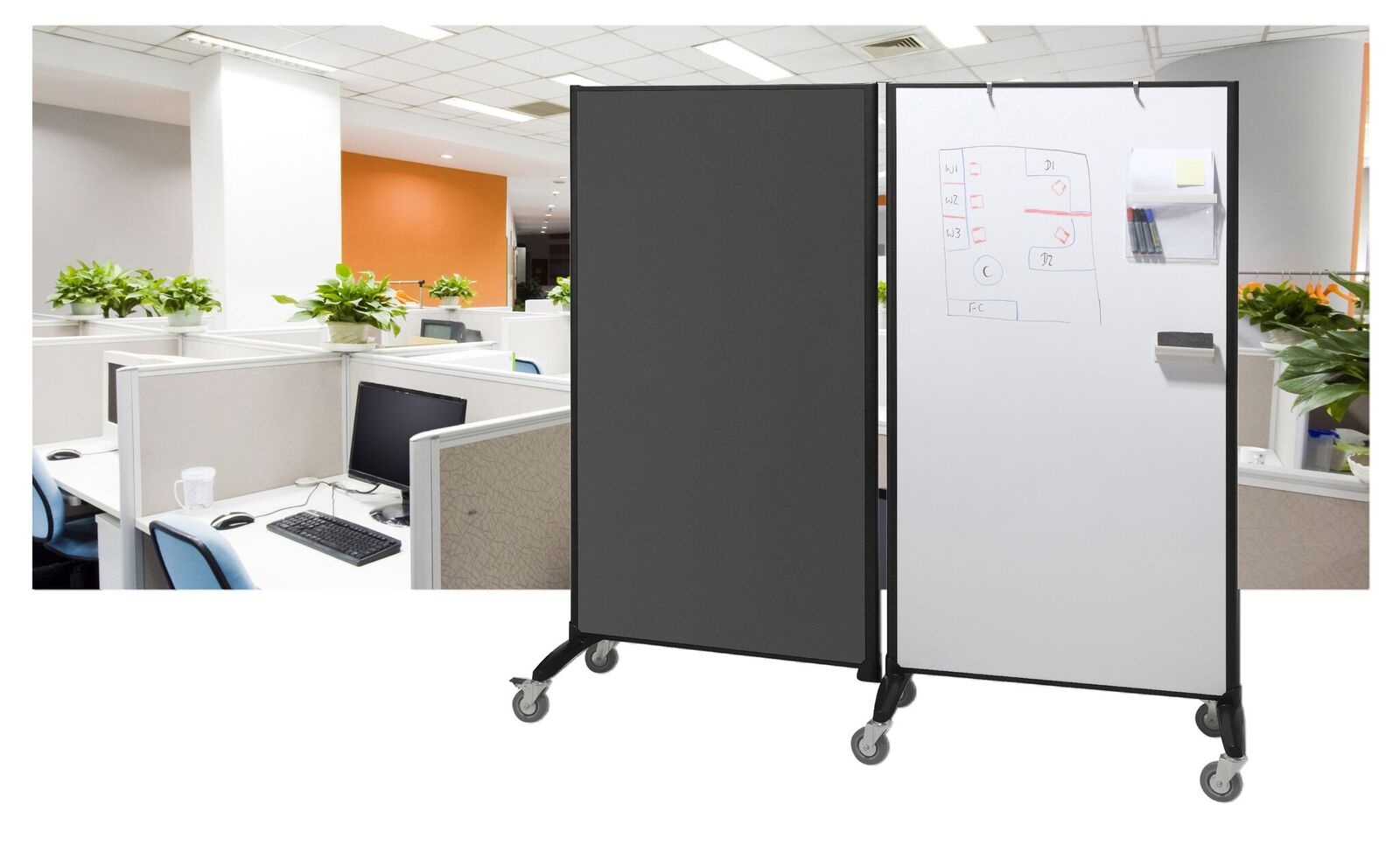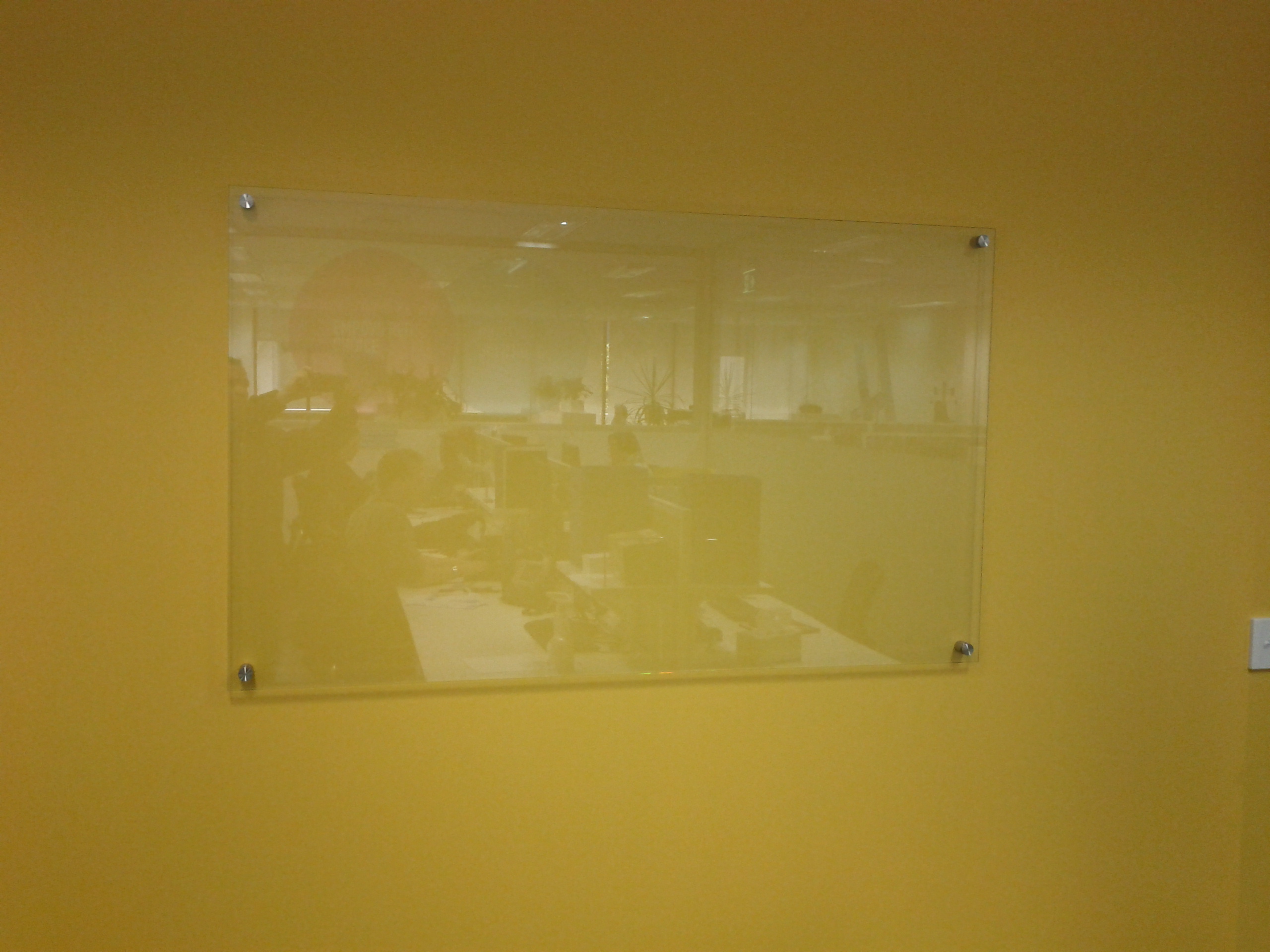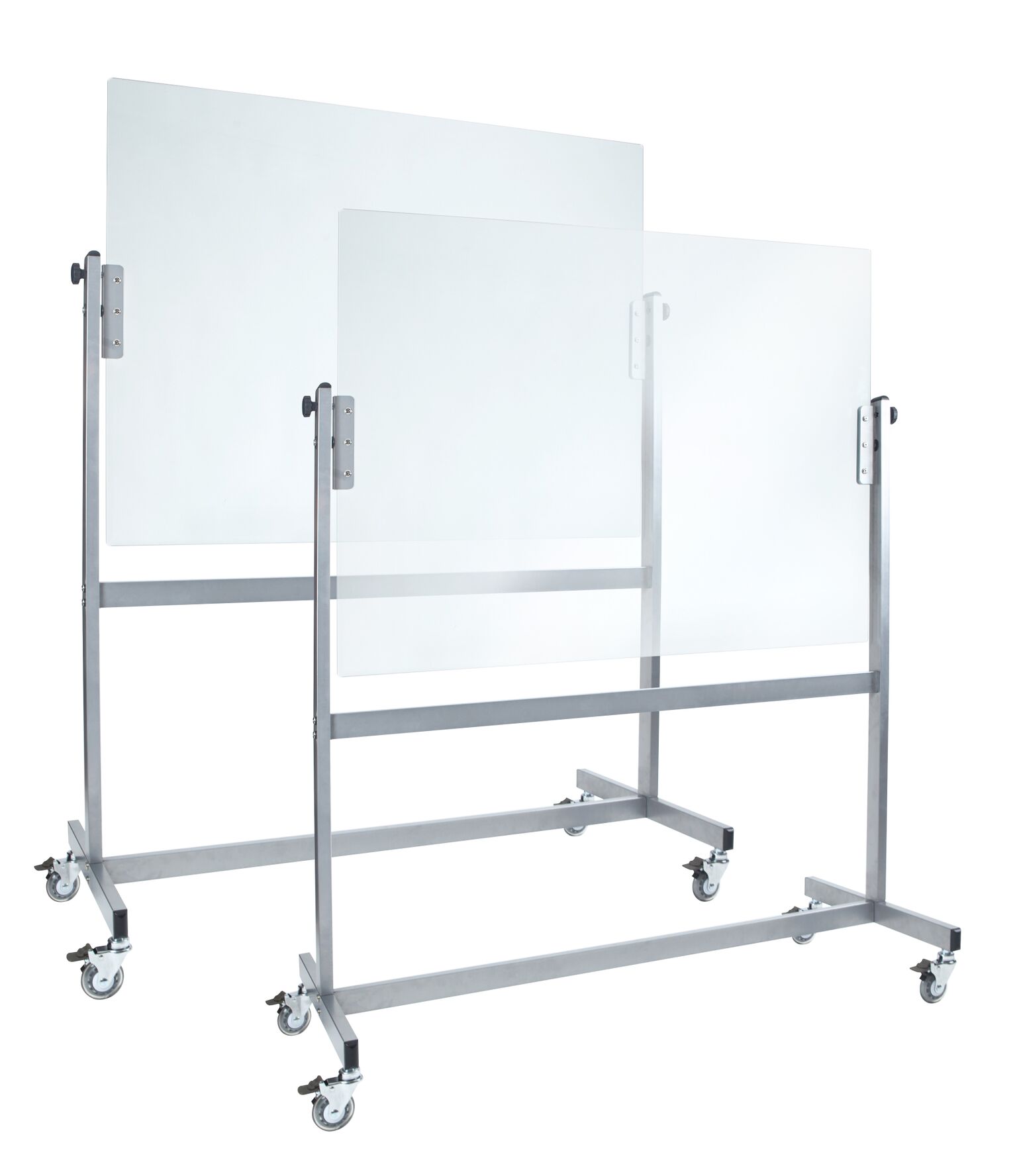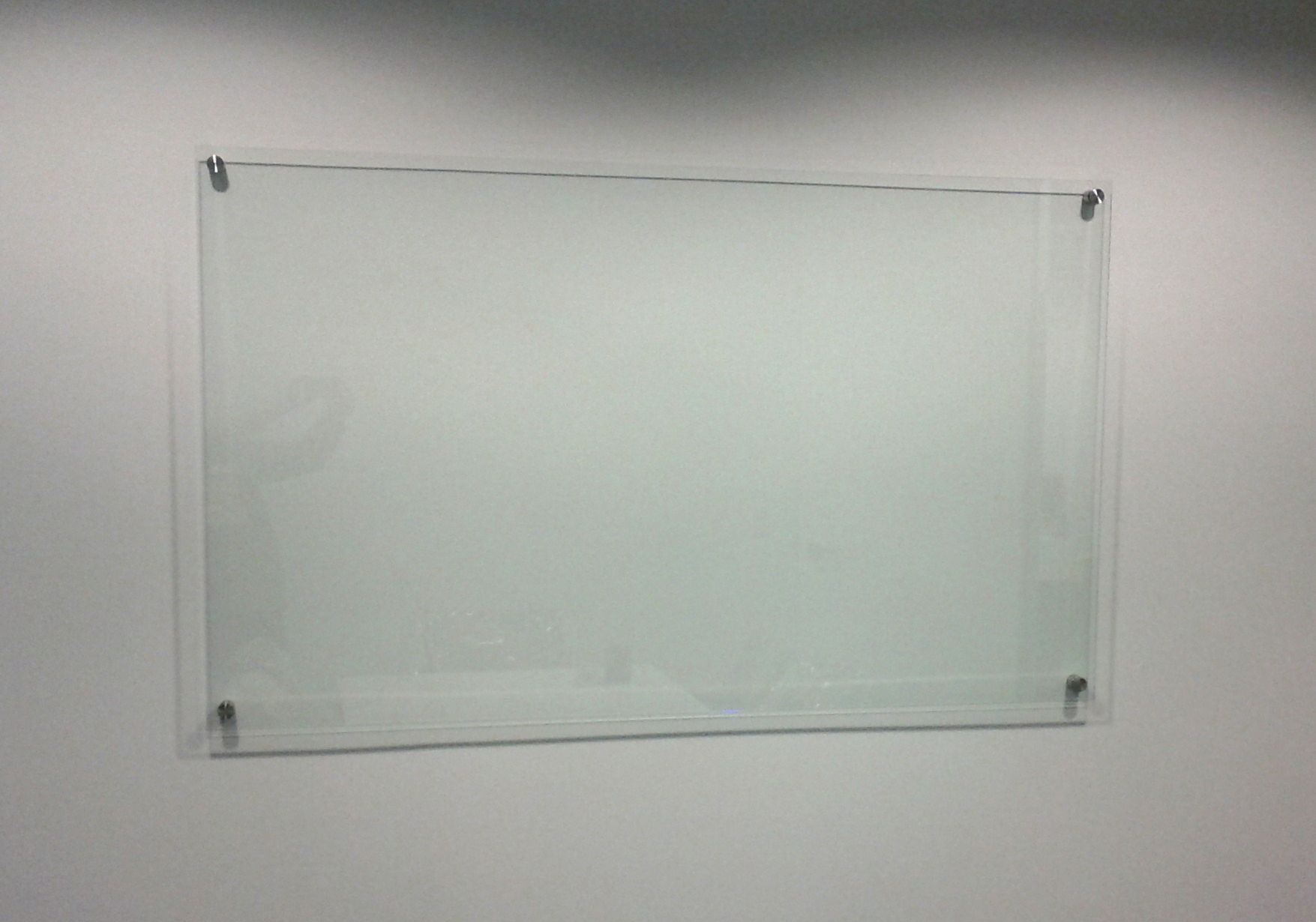Glass is a staple of interior design and for good reason: it’s versatile, elegant and incredibly durable. Our clear glass white boards are a testament to that. Aside from white boards and windows, glass can also have many more applications in interior design.
This article is your primer on “glass for design”.
Clear glass white boards are just the beginning
Clear glass white boards are a prime example of the versatility and superior aesthetics of glass, but they’re just the beginning when it comes to the applications available in office design. Glass has been used to great effect in interior design for centuries and its versatility and usefulness is only growing.
Types of glass
(For general nformation purposes. Not necessarily available in glassboards.)
Glass may seem like a straightforward material, but the reality is there are countless variations on it. Let’s look at those most commonly used in interior design.
Eco-friendly glass Eco-friendly glass is as energy efficient as it is aesthetically pleasing. Essentially, eco-friendly glass prevents heat from escaping an area during the colder months and keeps the interior cool during the warmer ones. This, in turn, reduces the use of air-conditioners and heating, saving you money and saving the planet’s resources.
Some eco-friendly glass can even decrease the sun’s effects on interior furnishings, preventing fading and protecting their colouring.
Textured glass
Textured glass is a type of glass that’s been imprinted with a pattern. This is done at extremely high temperatures, while the glass is still in the malleable or molten state. Common textures include:
- Ribbing
- Pebbling
- Pleating
- Frosting
The light diffusion through the glass is what dictates how clearly you can see through it. Privacy glass is typically almost opaque, letting light in while blocking clear visibility.
Textured glass is a great way to add interest to your office space. It’s also ideal for offices that require a level of privacy while still letting in natural light.
Low-iron glass
Low-iron glass means high-clarity glass. It’s made from silica, an oxide of silicon commonly found in nature as quartz. Normal glass has its greenish-blue tint from the presence of iron through the material’s composition. The use of low-iron silica sand in manufacturing low-iron glass results in a clearer finish.
Low-iron glass is sold under a range of brand names, including:
- Starphire
- UlraClear
- UltraWhite
- Optiwhite
- Starlite
- Krystal Klear
- Diamant
- Eurowhite.
Some common applications of low-iron glass include aquariums, display cases and some windows. Basically, any use in which clarity is desired is a good application for low-iron glass.
Our clear glass whiteboards use Starphire glass for their matchless quality and clarity.
Acoustic Glass
Acoustic glass consists of two or more sheets of tempered glass bonded together. The interlayers act to control noise, damping the sound as it travels through the sheets of glass.
This type of glass is ideal for use in the windows, doors and walls of particularly busy or privacy-conscious offices. There’s nothing worse than taking a phone call and worrying that half the office can hear what’s being said.
Stained Glass
Traditionally, stained glass was given colour by adding metallic salts during its firing process. Nowadays we do things a bit differently with body tinting. Body-tinted glass has melted colourants added during manufacture for solar-radiation absorption and tinting effects.
No matter the manufacturing process, tinted glass is a great way to add colour and interest to your interior design.
Glass in interior design through history
Man-made glass (yes, there is glass that occurs entirely naturally) has been around for a very long time. According to archaeological evidence the first pieces of man-made glass came from Egypt and Eastern Mesopotamia around 3500BC, while the first glass pots and bowls were made in the same regions around 2000 years later.
Since then, human use of glass has grown to encompass everything from windows to phone screens to clear glass white boards. Interior design has been heavily influenced by glass technology throughout the ages. Here are some of the highlights.
Italian Baroque interior design
The Baroque period is an artistic style that started in Rome around the year 1600. It describes a style of heavy ornamentation, symmetrical precision and grandeur. Great examples of this style still exist today as churches and cathedrals that were given the treatment in response to the spread of Protestantism in the 17th Century.
As for glass: stained glass windows rose to prominence during this period but they weren’t the only decor getting the treatment. Stained glass was used in everything from furniture to mirrors to bowls.
Bauhaus and Functionalism
Bauhaus, a German school of design founded by Walter Gropius, gave birth to what would become known as the International Style. Essentially, a style of design that prioritised functionality over form.
The International Style is particularly prolific when it comes to architecture. The classic office block with hundreds of regular, grid-like windows is a lasting example. The style also seeped into interior design, though, dictating a functionalist approach to fixtures and furniture.
So what does this have to do with glass? The International Style of thought adheres to the idea of ‘truth to materials’. Glass is featured heavily and when it is used, it must be the best material for the job. The glass must also be used without artifice – the viewer should be able to tell when an object or fixture is glass.
This ideology still has a strong influence today, particularly when it comes to interior office design. Glass walls, fixtures and furniture often prioritise function and aren’t shy about displaying the materials used.
Art Deco and Modernism
Modernism rose to prominence in the early 20th Century. As a global movement, it sought new alignment with the values and experience of modern industrial life. Artists and designers were pushed to use new materials and techniques to create works that reflected the hopes and realities of technological progress.
As an interior design practice, Modernism describes a style that embraces clean lines, a simple colour palette and the uses of base materials - especially glass and metal.
This is how glass - with its sleek, simple application and versatility - became a byword for modernism. Present-day modernism also encourages eco-friendly design – another area in which glass is an ideal material.
The rise of glass usage in modern interior design
Glass is an incredibly versatile material. It’s strong, aesthetically pleasing and lends a modern air to office interiors. There’s a reason the best whiteboards on the market are glass boards. Yet quality is only one part of a broader puzzle driving the rise of glass in office interiors. So, what makes glass so appealing to architects, designers and company owners?
The illusion of space
Our offices are shrinking. As employers become more savvy to the benefits of hot desking and flexible work hours, the national average square-metre per employee has been gradually declining. And as offices become cosier, we naturally look to ways to keep our surroundings from edging into “cramped”. Glass interiors - walls, fixtures, and furniture - naturally open up a space, making every square-metre count.
Glass technology is progressing
Our ability to manufacture larger and larger single sheets of glass more cheaply has meant fewer limitations upon the application of glass walls and fixtures. Apple Park in California sports panels of glass longer than city buses, while Philadephia’s Dilworth Plaza has sections made with glass as both the facing and the supporting pillars, each ultra-strong piece is a laminate of up to 7 layers. This increased versatility has seen glass in interior design boom in a big way as designers are able to make even their boldest visions a transparent reality.
A focus on eco-friendly design
As the effects of global warming are starting to be felt, interior design is responding with a push towards greener manufacturing and building. Glass, particularly eco-friendly insulated glass, is an ideal way to pull down your energy bills and reduce your emissions.
The eco benefits of glass are two-fold:
- Eco-friendly glass serves to better insulate a room, resulting in less reliance on heating and cooling
- Glass facilitates natural lighting, resulting in less use of electricity throughout a space.
Glass is also incredibly long-lasting and durable. It’s why our clear glass whiteboards come with a lifetime warranty – ensuring less waste produced as a result of worn or broken products.
Glass printing is becoming more sophisticated
Just as glass manufacturing is becoming more sophisticated, so too is the way we customise it. Namely, our ability to print on glass is much higher quality and more durable than ever before.
Digital UV printing technology has given way to digital ceramic printing, a method that involves fusing ceramic-infused ink directly with a glass panel. The result is a more durable, more versatile method of printing on glass that opens up a world of possibilities for interior designers.
Clear glass whiteboards in interior design
Among all of these amazing new applications for glass are your pieces of office equipment. This is where JustBoards comes in. Each model in our wide range of clear glass whiteboards is simply the highest quality, most durable and most versatile available. Choose one and it will become a part of the modern style of your office interior.
Want to introduce glass to your decor with a clear glass whiteboard? JustBoards can do that.
Great service, great prices and Australia-wide delivery to your door. Call us today on 1800 654 917 or send an email to info@justboards.com.au
